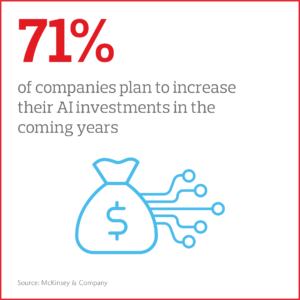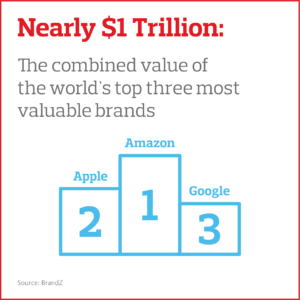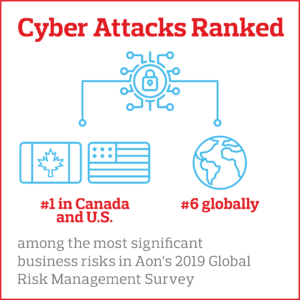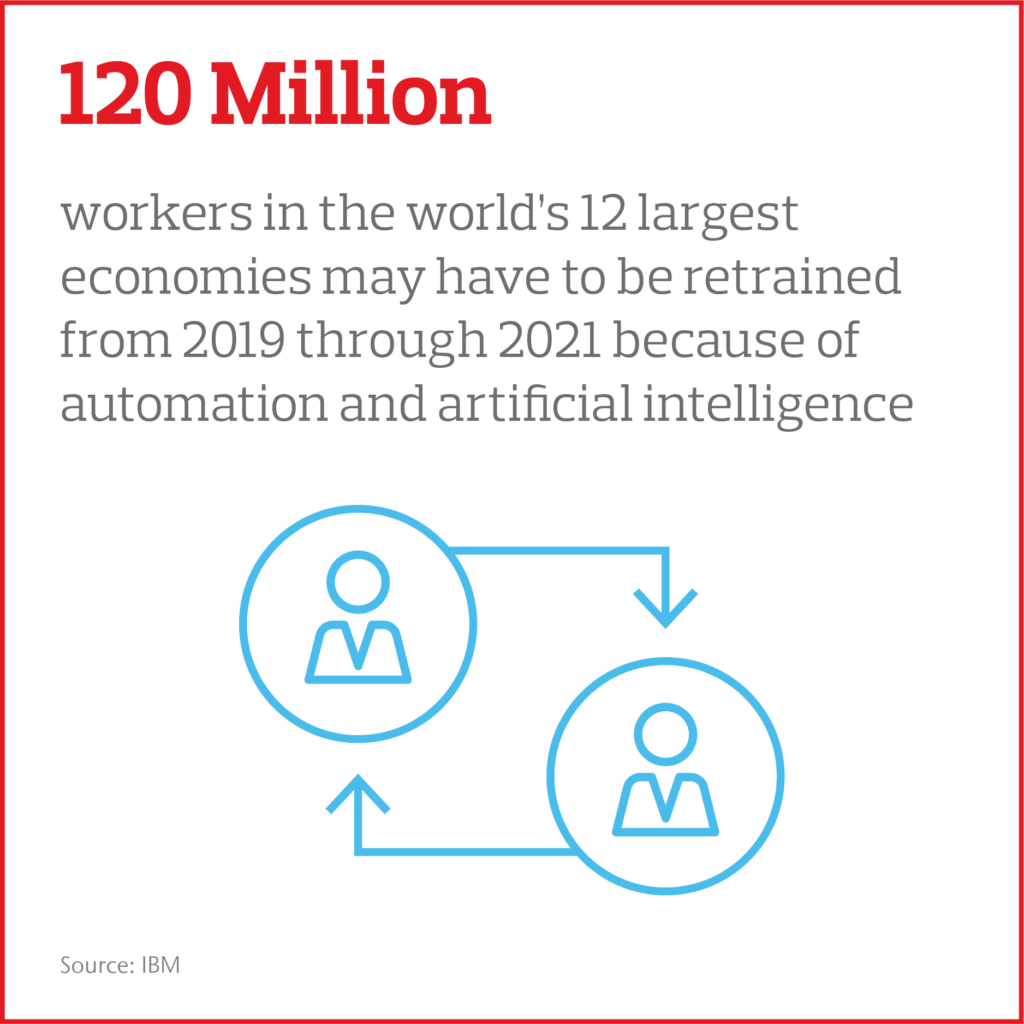OVERVIEW
The past year has not let up in the number of risks and challenges affecting the global economy. Throughout 2019, organizations have had to keep a close eye on everything from the impact of climate change and geopolitical uncertainty to international trade tensions and the constantly shifting technological landscape.
As we enter a new year – not to mention a new decade – one of the few things of which we can be sure is that we will still have to manage constant change and uncertainty.
IN DEPTH
A business leader’s role is to strike the right balance between managing volatility and maximizing performance. Focusing too much on one responsibility at the expense of the other could derail an organization.
Aon senior leaders share their perspectives on challenges, and opportunities, the C-suite might face in 2020 – and how to best manage through the risk to reap the reward.
Data-Driven Insights Are Critical To Moving From Uncertainty To Opportunity
Today’s business leaders are tackling two types of risk: known and unknown. Grappling with known risks – ones in which data or models already exist to help leaders predict and mitigate the risks – or emerging ones for which a precedent has not been set requires a fundamental rethinking of data’s role in decision-making and allocating capital for risk mitigation. Primarily, what is it that we are trying to solve for? What data is the most valuable to help us solve it? What data is missing, and how do we bridge the gap?
And therein lies the paradox: data abound. More data have been created in the past few decades than in any other period in history. Whether from significant corporate investments such as equipment sensors or personal wearables intended to encourage healthy behaviors – the vast amount of data available today is predicted to double every three years.
Fundamentally, however, data carry no value if insights aren’t extracted and acted upon to help drive better decisions. Whether an organization is considering business transformation, evaluating a competitive threat or even continuing its workforce planning, C-suite leaders are working to ensure the data is actionable and is driving the business forward, and they’re looking to their teams for help in this effort.

Business leaders will move from simply investing in data to fostering an entire culture that embraces insights-based decision-making at all levels of an organization.
Whether teams are assessing how much risk they can take on versus how much risk they should take on and which scenarios could cause serious financial distress, analytics will continue to help organizations assess various risk-transfer strategies. Teams across the organization – especially those in risk management, finance and human resources – will have to continue to embrace and inherently value the reward that comes from the right information.
—Lori Goltermann, chief executive officer, U.S. Commercial Risk and Health Solutions, Aon
Business Value Will Shift – And What’s Invisible Will Be The Most Valuable
Every industry is experiencing some form of technology disruption that is fundamentally reshaping its business. Whether it is a leading global brand, an S&P 500 company or the world of startups, over the past few decades, innovation is king. Companies that embrace this new dynamic have been rewarded with higher valuations. A major source of that value stems from “intangible” assets such as patents, trademarks, trade secrets, copyrights, data, goodwill and even the value of a brand itself.

Companies in industries such as tech or pharma tend to better understand the importance of intellectual property (IP) simply due to the nature of their business: It is, after all, a key competitive differentiator. But now companies across industries are waking to the importance of how IP can create enterprise value within the organization.
They are starting to ask some critical questions: Are we falling behind in innovation? How are our IP portfolio and our innovations tied to our business strategy? Is our IP portfolio protecting our future revenue streams? How do we know?
Business leaders will give increasing priority to their IP, making it a C-suite imperative. Executives, especially those with a purview into finance and the value of an organization, will more strategically align these types of high-value assets with their business strategy. Driving value by better converting innovation spend to valuable IP assets, and protecting such assets from challenges related to IP matters – including infringement and theft – will be a “must have” for any company that wants to remain not only competitive, but a leader in their industry.
—Lewis Lee, chief executive officer, Intellectual Property Solutions, Aon
Cyber Risk Mitigation Is A Board-Level Issue And Becoming An Organization-Wide Imperative
Today’s business landscape is borderless. Consumers and organizations are increasingly digital and, as companies undergo transformation at a pace faster than ever seen before, technology will permeate throughout – from internal processes to external and connected supply chains. That key connection with technology will continue to move businesses forward and, at the same time, become a bigger and bigger risk. Our 2019 Global Risk Management Survey shows that cyber attacks are the sixth top peril globally and the number-one risk in Canada and the U.S. These figures demonstrate not the inherent risk tech carries but its rapid growth. As the risk increases, consumers will begin to demand tangible demonstrations of an organization’s commitment to data security much in the same way they expect transparency into diversity or environmental practices. This will become a growing pressure at the board level.

Many organizations have their first experience with cyber risk during a cyber breach or attack – which is the absolute the worst time to begin assessing cyber vulnerabilities. Various teams – from IT to public relations – are likely to be unprepared for the fallout. The adverse impact is broad in scope, ranging from business interruption and financial loss to consumer distrust and negative brand impact.
Business leaders will continue to form cross-functional teams to work collaboratively across the organization to build cyber resilience. Increasingly, the issue will become a board-level and C-suite discussion, covering preparation through mitigation – and everyone in the organization will have a role to play to protect against cyber threats. How an organization evaluates new business relationships will also fundamentally change, with third party processors being more scrutinized and cyber due diligence playing a more prevalent role in the acquisition process. Those that have not taken proactive measures to assess and mitigate any type of cyber risk have the potential to be shut out from such opportunities. Consequently, companies will shift to a comprehensive approach that includes both a proactive testing and mitigation approach, as well as a clearly vetted incident-response plan.
—Jason J. Hogg, chief executive officer, Cyber Solutions, Aon
Robots Are Not After Our Jobs – On the Contrary, They Are Helping Keep Talent During Digital Disruption
Disruption has been and will continue to be the new normal. Not only is no industry immune to change – either from being disrupted or by disrupting – but also no industry is untouched by technology. As organizations make monumental shifts – whether to better serve customers and move from bricks and mortar to digital or to achieve efficiencies to remain competitive and shift entire business models – technology is not working alone. It is people that will be at the helm of driving the decisions that will in turn drive impactful change. It is people that will bring forward and execute against the insights that come from the vast amounts of data that will continue to be generated.

And there is a considerable talent shortage – for the right talent. For instance, take a more traditional industry such as manufacturing: Estimates show a 2 million global worker shortage in the coming year; by 2030, that number will grow to 7 million.
When we layer on additional factors such as an aging workforce and five generations of workers – each with different priorities and motivations – in a workplace at the same time, companies face many challenging questions: How do they balance the needs of various workers? How do they ensure that rewards and retention strategies consider the wide range of individuals that make up the organization? How might employee benefits have to evolve to best address differing worker needs? What information do they have that shows whether they are offering compelling work and career paths? How do they keep the highest performers from moving to a competitor? And perhaps, the most basic and most crucial question – how do they best understand which performers are critical to business growth and have the greatest likelihood of propelling the business forward?
Business leaders will become savvier with data and hold their teams accountable for making decisions based on that data. They will begin to prioritize talent assessment, reward and performance tools and the skill sets needed to build an agile workforce. They will become smarter about what they want to solve for and what types of data they need to solve for it. For more advanced organizations, AI and machine learning will begin to help process data at scale, and business leaders will lean on their teams to make the best possible people decisions based on that data.
Companies will also begin to embrace the idea that helping people understand the choices they face and how they can own their journey through their career can, over time, materially help ease the burden of change for individuals, corporations and governments alike.
—Michael Burke, chief executive officer, Human Capital, Aon
The post What’s Hot In 2020? Top Trends On The Minds Of Business Leaders appeared first on The One Brief.
